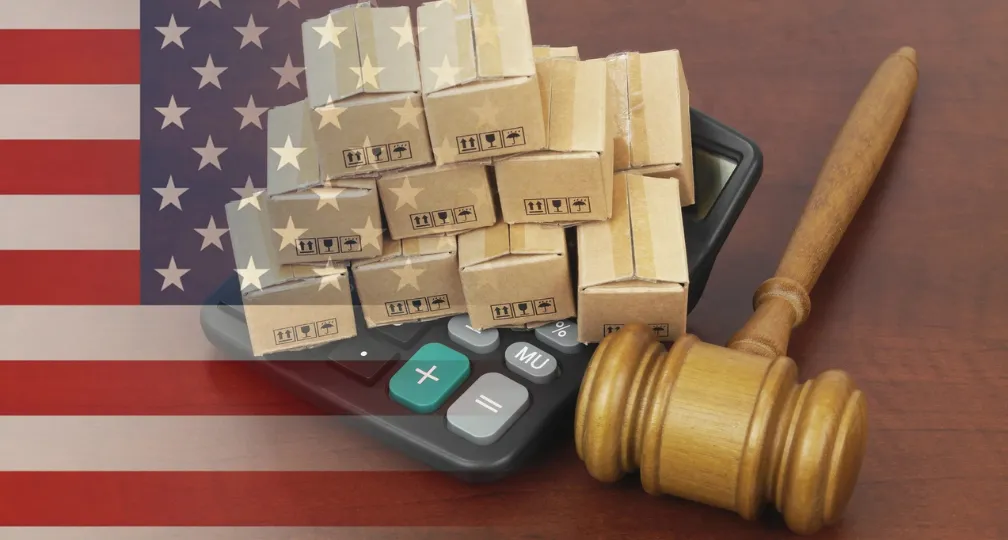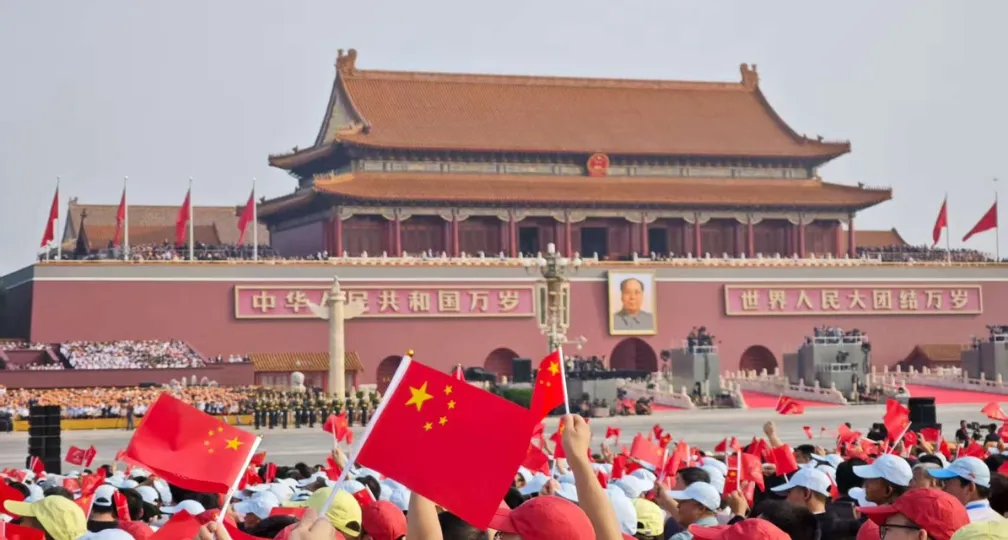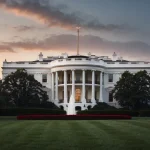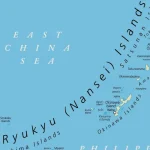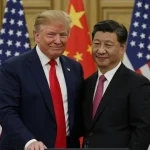The “Reciprocal” Tariffs Are Now in Effect – But for How Long?
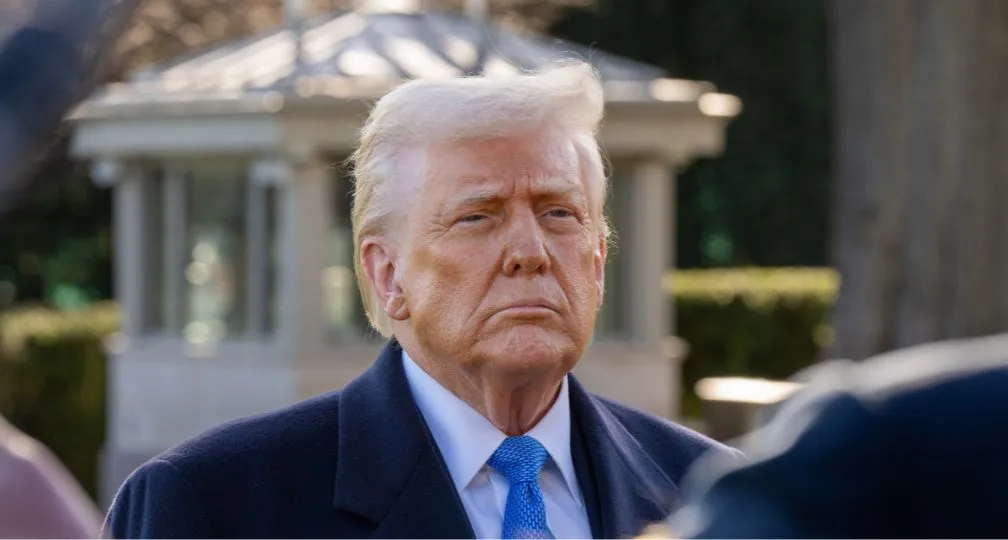
The latest regulatory developments on economic security & geoeconomics
By Paul Nadeau, Visiting Research Fellow, Institute of Geoeconomics (IOG)
Trump Announces “Reciprocal” Tariffs to Go into Effect: On July 31, the Trump administration issued an executive order announcing that its modified “reciprocal” tariff rates which went into effect on August 7, while tariffs on Canada will increase from 25 to 35 percent immediately following a separate executive order. Notable exclusions include goods qualifying for preferential treatment under the U.S.-Mexico-Canada Agreement (USMCA), many electronics such as smartphones and laptops, pharmaceuticals and toiletries, copper, oil & gas, though many of these, such as copper and pharmaceuticals, will be subject to sectoral tariffs which may be announced later. Existing sectoral tariffs, such as tariffs on autos that were reportedly reduced from 25 percent to 15 percent in Japan’s negotiations with the United States, were not addressed in the July 31 executive order and their current rate remains in place for the time being.
Latest Tariff Deal Round-Up:
European Union: On July 27, the European Union and the United States reached an agreement on tariffs that would lower the “reciprocal” tariff rate on the EU to 15 percent (from a threatened 30 percent), lower sectoral tariffs on autos, pharmaceuticals, and semiconductors to 15 percent while keeping steel tariffs at 50 percent. The EU would lower its auto tariffs from 10 percent to 0, and there is a zero-for-zero tariff rate on chip equipment, and airplanes and component parts. The EU would also commit to $750 billion in investments on energy (oil and LNG) and $600 million in investment in the United States, as well as possible commitments on defense equipment purchases, and digital services do not seem to have been addressed.
India: On July 30, Trump announced on the Truth Social social media network that he would impose additional tariffs of 25 percent on India, bringing their total tariff rate to 50 percent and indicating that the two countries failed to reach an agreement by the August 1 deadline, and also sanctioning a key purchaser of Russian crude oil that is refined in India and reexported to the rest of the world as until recently unsanctioned petroleum products (see below).
South Korea: South Korea and the United States announced an agreement on tariffs on July 31. Details so far include a tariff reduction for South Korea from 25 to 15 percent, a commitment to invest $350 billion in the United States of which $150 billion would go towards shipbuilding and according to Korean President Lee Jae Myung would help Korean industries enter the United States. Automobiles will also be tariffed at 15 percent and South Korea has committed to purchase $100 billion in U.S. energy. The agreement represents a significant increase in South Korea’s trade barriers with the United States given that the two countries previously reached a free trade agreement (KORUS) in 2012.
EU Adopts 18th Sanctions Package against Russia: The EU adopted its 18th sanctions against Russia on July 18th. The new package specifically targets Russia’s energy revenues by setting a new price cap on Russia’s oil which consists of a floating mechanism that sets the cap at 15% below the average global price, calculated on a rolling basis over the previous six months. The package also banned transactions related to Nord Stream 1 and 2, banned the import of Russian-origin refined oil, designates an additional 105 vessels associated with Russia’s “shadow fleet” along with 41 entities and 14 individuals.
United States Targets Iranian Oil Exports: On July 30, the Trump administration announced an expansion of sanctions targeting Iranian oil sales by placing sanctions on an Iranian shipping fleet. The sanctions target more than 115 individuals, entities, and vessels that comprise a shipping network run by Mohammed Hossein Shamkhani, which is also responsible for selling Russian crude oil to China and others. This is the Treasury Department’s largest Iran-related action since 2018.
Trump Sanctions Brazilian Judge: The U.S. Treasury Department sanctioned Brazilian Supreme Federal Court justice Alexandre de Moraes, who is presiding over a criminal case against former President Jair Bolsonaro. The announcement read that “de Moraes used his position to authorize arbitrary pre-trial detentions and suppress freedom of expression”. The action was taken pursuant to an executive order that implements the provisions of the Global Magnitsky Human Rights Accountability Act which targets perpetrators of serious human rights abuses globally and is related to Trump’s imposition of 50 percent tariffs on Brazil in retaliation for its prosecution of Bolsonaro.
U.S. Commerce Department Hikes Softwood Lumber Duty: The U.S. Commerce Department’s International Trade Administration announced that it would raise anti-dumping duties on most Canadian lumber imports to 20.56 percent, to offset unfairly low prices and Canadian government subsidies. The announcement almost triples the anti-dumping duty rate which was set at 7.66 percent.
Analysis: The “Reciprocal” Tariffs Are Now in Effect – But for How Long?
After the initial announcement on April 2, a 90-day pause until July 8, a further 24 day pause, and an additional 7 days from the release of the executive order, U.S. Donald Trump’s long-awaited “reciprocal” tariffs are about to finally go into effect. Maybe the central feature of his administration’s program of “creative destruction” for the U.S. role in the global economy, the threat of tariffs alone seem to have allowed the Trump administration to secure concessions from major partners like the European Union, Japan, South Korea, and more, and their effectiveness at returning manufacturing to the United States is about to be tested. There’s just one problem – the tariffs are almost certainly not legal and may not survive a court challenge, rendering the centerpiece of Trump’s tariff plan vulnerable not to market forces but to the fall of a judge’s gavel.
The stakes are significant and the strategy is risky. For one, the outcome could be very expensive: a lower court ruled that the revenue collected through these tariffs would need to be refunded to the importers – currently $70-$80 billion and likely much more once the final decision is reached. Second, a decision in favor of Trump’s argument would also be significant since it would effectively give the president unlimited authority to impose tariffs at their sole discretion and would have the practical effect of cutting Congress out of tariff policy altogether.
The question centers around the tension between the legislation under which Trump claimed authority to impose the April 2 tariffs – the International Economic Emergency Powers Act of 1977 (IEEPA) – and the fact that the Constitution gives Congress and not the president the authority to impose tariffs and regulate foreign commerce. Trump’s motivation for choosing IEEPA as the vehicle for the April 2 tariffs is that the main authority for addressing trade deficits, 122 of the Trade Act of 1974, is time-limited to 150 at which point Congress would need to approve an extension, while other authorities are limited to specific sectors or constrained by process. Trump instead seems to want the broadest authority possible to build leverage at his individual discretion in pursuit of deals with foreign partners. Presidents have the authority to make deals with foreign partners, but those deals need to be ratified by Congress to have the force of law. The lawsuits have challenged Trump’s imposition of tariffs focus on whether the president can infer the ability to impose tariffs under the provisions of IEEPA and whether tariffs imposed under IEEPA are an appropriate response to the national emergencies that the Trump has declared in this regard (trade deficits and illicit drug trafficking).
At this point, several lower courts, including the Court of International Trade, a specialist court with specific jurisdiction over trade issues, have ruled against the idea that the Trump administration can use IEEPA to impose tariffs. Those decisions have been appealed by the Trump administration and arguments are being in heard in a process that will take several months and will almost certainly end with the U.S. Supreme Court issuing a final decision.
The decisions by the lower courts so far have been fairly unequivocal in their rejections of the Trump administration’s arguments. The question of inferring tariffs from the language of IEEPA may have some of the biggest implications since the courts have stated that inferring tariff authorities from IEEPA would effectively give the president “unbounded” authority to impose tariffs, rather than Congress. While the IEEPA grants the president the authority to regulate commerce in response to a national emergency, including the ability to regulate or prohibit imports, it does not explicitly mention tariffs in those authorities. In fact, Congress wrote the law with the intention to restrain the president’s authorities on trade. One of the courts acknowledged this in their decision, pointing towards specific authorities to use tariffs that Congress created during the period when IEEPA originally became law, such as Section 122 (to regulate trade deficits) and Section 301 (to address unfair trade practices), the implication being that if Congress wanted the president to use tariffs to respond to national emergencies, Congress would have explicitly provided that authority.
Then there is the question of whether tariffs are the right response to the national emergencies that Trump has declared. The administration’s arguments seem to emphasize the president’s ability to declare a national emergency, arguing that courts should not interfere with that authority, and that even if the IEEPA does not explicitly authorize tariffs, the urgency of the situation requires broad authority to respond. The idea that trade deficits present a national emergency to the United States is tenuous, but there are 48 national emergencies in effect in the United States, covering everything from sanctioning Albanian insurgents in North Macedonia as well as other sanctions to election interference to China’s technological development and more. Trump seems to take the idea that trade deficits and foreign trading practices are a serious threat to the United States, writing on Truth Social that “If our Country was not able to protect itself by using TARIFFS AGAINST TARIFFS, WE WOULD BE ‘DEAD,’ WITH NO CHANCE OF SURVIVAL OR SUCCESS”. The courts expressed skepticism that tariffs are the correct instrument to respond to the emergency in question, in this case, illegal drug trafficking and trade deficits, pointing toward Section 122 of the Trade Act of 1974 as an authority specifically designed to address trade deficits rather than IEEPA. The administration argued that tariffs provide leverage with which to pressure foreign governments to act, but the court rejected that argument on the ground that result would still provide the president with unlimited authority to invoke tariffs. This may be the argument where the administration has the best chance of success, since the courts have generally deferred to the idea that the Executive Branch has special authorities on national security questions, but it’s uncertain if courts would be willing to give the presidency unbounded tariff authority to that end.
There are other considerations as well. For example, there is a principle called the “major questions” doctrine which holds that issues of major political or economic importance cannot be delegated to the Executive Branch without Congress explicitly delegating that authority – billions of dollars in tariff revenue would seem to activate this principle. There could also be an argument made that tariffs should become more like sanctions in the sense that the growing use of economic measures as a tool of national security should allow presidents more flexibility to impose and remove tariffs as they see fit. Again, it’s difficult to argue that a president could claim such authority without enabling legislation by Congress, but this will be one of the issues addressed, even implicitly, by any court decision.
For the governments and firms impacted by the tariffs, there are no easy answers for how to proceed except to wait since they’re not yet exposed to the sharpest risks. While the lawsuits requested that the courts suspend the tariffs since they argued that they exceed the president’s legal power, the Trump administration appealed to keep the tariffs in place during the appeals process, so they remain in effect for now and will be collected at the border. The cost of those tariffs, the main concession that negotiating partners have accepted so far, will be borne by domestic importers rather than foreign governments. Other promises, such as investment commitments or energy purchases, are mostly cosmetic (investment) or unrealistic (energy), all of which raise the question of whether the Trump administration is getting the maximum leverage out of this approach. One thing that won’t change no matter the outcome is Trump’s preference for tariffs – even if the courts ultimately rule against IEEPA tariffs, Trump still has other authorities he can turn to that are on stronger legal ground, such as Section 232. Still, the IEEPA tariffs are emblematic of Trump’s approach to governing – a decisive expansion of presidential power that stretches constitutional governance to its limits. The ongoing cases will be a critical signal how far that expansion can go and the strength of the rule of law in the United States under Trump.
(Photo Credit: shutterstock)
Disclaimer: The views expressed in this IOG Economic Intelligence Report do not necessarily reflect those of the API, the Institute of Geoeconomics (IOG) or any other organizations to which the author belongs.
API/IOG English Newsletter
Edited by Paul Nadeau, the newsletter will monthly keep up to date on geoeconomic agenda, IOG Intelligencce report, geoeconomics briefings, IOG geoeconomic insights, new publications, events, research activities, media coverage, and more.


Visiting Research Fellow
Paul Nadeau is an adjunct assistant professor at Temple University's Japan campus, co-founder & editor of Tokyo Review, and an adjunct fellow with the Scholl Chair in International Business at the Center for Strategic and International Studies (CSIS). He was previously a private secretary with the Japanese Diet and as a member of the foreign affairs and trade staff of Senator Olympia Snowe. He holds a B.A. from the George Washington University, an M.A. in law and diplomacy from the Fletcher School at Tufts University, and a PhD from the University of Tokyo's Graduate School of Public Policy. His research focuses on the intersection of domestic and international politics, with specific focuses on political partisanship and international trade policy. His commentary has appeared on BBC News, New York Times, Nikkei Asian Review, Japan Times, and more.
View Profile-
 Analysis: Ready for a (Tariff) Refund?2025.12.24
Analysis: Ready for a (Tariff) Refund?2025.12.24 -
 China, Rare Earths and ‘Weaponized Interdependence’2025.12.23
China, Rare Earths and ‘Weaponized Interdependence’2025.12.23 -
 Are Firms Ready for Economic Security? Insights from Japan and the Netherlands2025.12.22
Are Firms Ready for Economic Security? Insights from Japan and the Netherlands2025.12.22 -
 Is China Guardian of the ‘Postwar International Order’?2025.12.17
Is China Guardian of the ‘Postwar International Order’?2025.12.17 -
 Japan-India Defense in a Fragmenting Indo-Pacific2025.12.10
Japan-India Defense in a Fragmenting Indo-Pacific2025.12.10
 The “Economic Security is National Security” Strategy2025.12.09
The “Economic Security is National Security” Strategy2025.12.09 The Tyranny of Geography: Okinawa in the era of great power competition2024.02.09
The Tyranny of Geography: Okinawa in the era of great power competition2024.02.09 Event Report: The Trump Tariffs and Their Impact on the Japanese Economy2025.11.25
Event Report: The Trump Tariffs and Their Impact on the Japanese Economy2025.11.25 The Real Significance of Trump’s Asia Trip2025.11.14
The Real Significance of Trump’s Asia Trip2025.11.14 A Looming Crisis in U.S. Science and Technology: The Case of NASA’s Science Budget2025.10.08
A Looming Crisis in U.S. Science and Technology: The Case of NASA’s Science Budget2025.10.08


